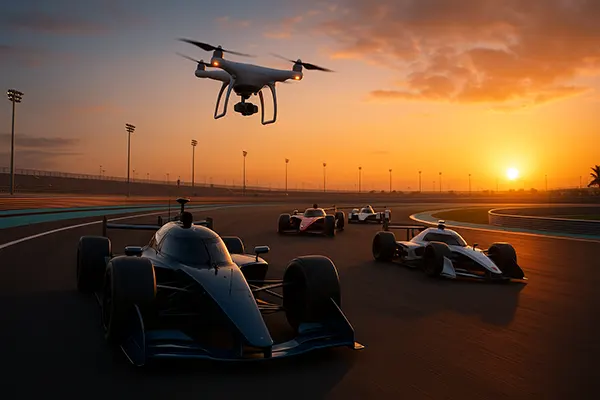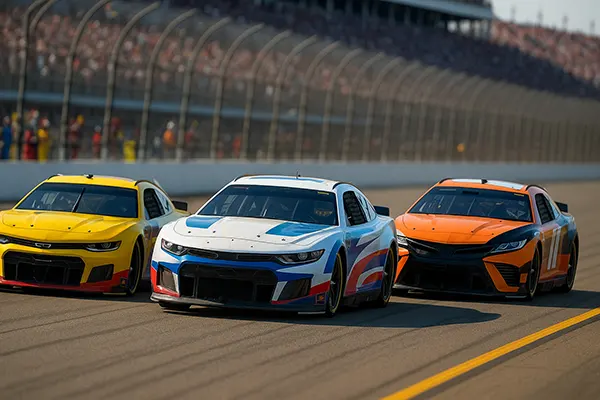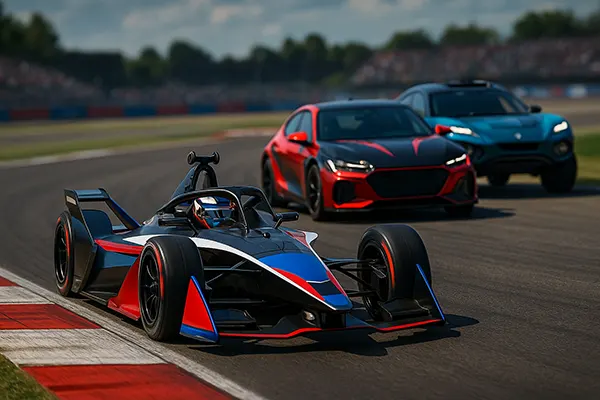Similar articles
Main Rivals of Max Verstappen in Formula 1 2025
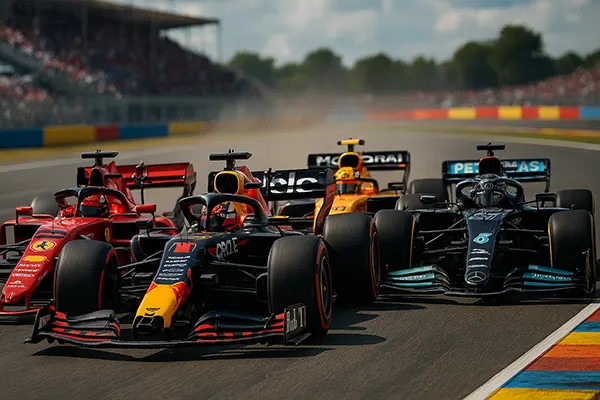
As the 2025 Formula 1 season kicks into gear, Max Verstappen remains the man to beat. After securing multiple world championships and dominating recent seasons with Red Bull Racing, he enters the new campaign with high expectations and pressure. Yet, the grid is far from complacent—multiple drivers and teams have made major strides over the winter break, and Verstappen faces serious competition from seasoned rivals and emerging talents alike.
Charles Leclerc and Ferrari’s Resurgence
Charles Leclerc has long been considered one of the most naturally gifted drivers on the grid, and 2025 might be the season where he finally converts that potential into a title challenge. Ferrari has focused heavily on resolving the consistency and reliability issues that plagued them in previous years. The SF-25 chassis, launched in February 2025, shows notable aerodynamic refinements and improved tyre management—two areas that cost Leclerc dearly in 2023 and 2024.
In testing, Leclerc posted highly competitive lap times in both long and short runs. More importantly, Ferrari’s strategic operations appear tighter, with Frederic Vasseur bringing greater discipline to race execution. With a team now built around him and Carlos Sainz set to depart at the end of the season, Leclerc has the freedom and responsibility to lead the Scuderia back to the top.
Leclerc’s biggest strength lies in his qualifying speed and technical adaptability, particularly on street circuits and mixed conditions. If Ferrari delivers consistently strong race pace, Leclerc could very well be Verstappen’s most persistent threat throughout the season.
Ferrari’s Upgrades Could Tip the Balance
Ferrari’s 2025 package includes a heavily revised rear suspension and new energy recovery system, allowing better battery deployment on long straights. These technical upgrades, combined with Leclerc’s aggressive driving style, make Ferrari a formidable contender on circuits like Monza and Suzuka.
The team has also focused on reducing tyre degradation, historically their Achilles’ heel. Data from the Bahrain and Barcelona tests shows significant improvement in race simulations—Ferrari could finally hold their own against Red Bull in high-temperature races.
Should these developments translate into consistent podium finishes, Leclerc will not only fight Verstappen on track but also influence Red Bull’s strategy throughout the championship.
Lando Norris and McLaren’s Quiet Revolution
Few drivers have improved as steadily as Lando Norris, and in 2025, he arrives as a serious title contender. McLaren’s technical department, led by Peter Prodromou, has undergone a quiet revolution, resulting in the MCL60B—an aggressively redesigned car focused on downforce efficiency and stability under braking.
Norris has shown excellent racecraft and composure under pressure. His performances in the second half of the 2024 season, including podiums in Singapore, Austin, and Las Vegas, were a clear statement of intent. Now, with a car that better suits his strengths and a more refined team around him, Norris is poised to deliver McLaren’s first serious championship challenge in over a decade.
Moreover, McLaren’s decision to switch to Mercedes’ latest hybrid unit has improved their straight-line speed, a critical factor on circuits like Spa and Silverstone. If reliability holds, Norris will be a constant presence near the front.
Norris’ Consistency is Key
What separates Norris from other challengers is his growing ability to consistently extract maximum points, even on suboptimal weekends. He rarely makes unforced errors and has matured into a driver who thinks strategically across the season.
McLaren’s pit crew has also improved considerably, clocking some of the fastest stops in testing. Combined with Norris’ quick starts and effective tyre management, this positions him well in tightly contested races where every tenth counts.
If McLaren maintains development pace through the mid-season upgrades, Norris could challenge Verstappen right to the final round in Abu Dhabi.
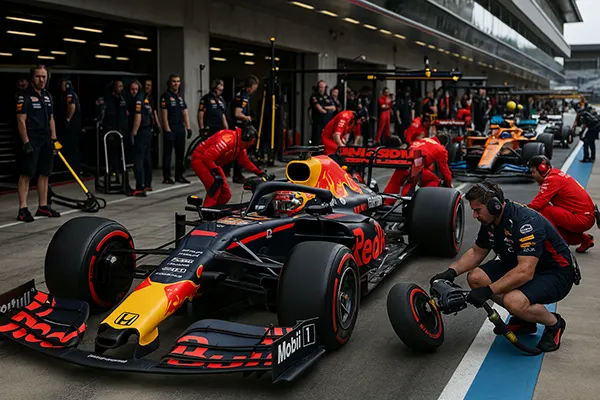
Lewis Hamilton’s Final Charge with Mercedes
In what is likely his final season in Formula 1, Lewis Hamilton is determined to go out fighting. The seven-time world champion is racing with renewed energy after announcing his decision to join Ferrari in 2026. For now, his focus remains on one last title push with Mercedes.
The W15 car, launched in February 2025, marks a return to the more traditional design philosophies that brought Mercedes success in the past. The zero-pod experiment has been abandoned, replaced with a more balanced aerodynamic concept and a refined power unit.
Hamilton’s experience and tactical mind remain unmatched. He is especially dangerous in wet-weather races and high-degradation scenarios where tyre management is critical. If Mercedes can close the performance gap to Red Bull, Hamilton will be a serious title threat.
Can Mercedes Deliver Consistency?
The main challenge for Hamilton will be Mercedes’ ability to bring consistent upgrades. While early tests in Bahrain looked promising, the real test will come in the European leg of the season, starting with Imola and Barcelona.
Hamilton’s 2024 season was one of recovery and rebuilding, but flashes of brilliance—such as his pole in Hungary and drive through the field in Brazil—suggest he still has what it takes to fight at the front. With George Russell also pushing hard, internal team dynamics may play a role in how Mercedes approaches its race strategies.
Hamilton has nothing to lose in 2025, and that makes him dangerous. If the car is competitive, expect fireworks—especially in the final flyaway races of the calendar.

